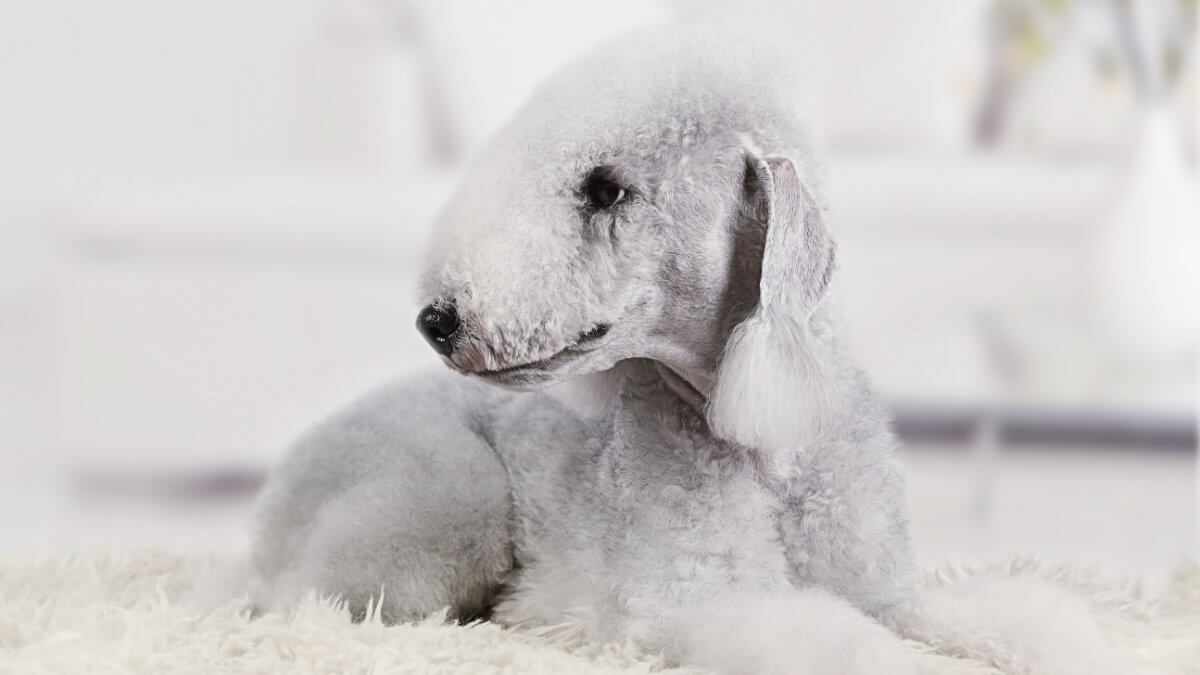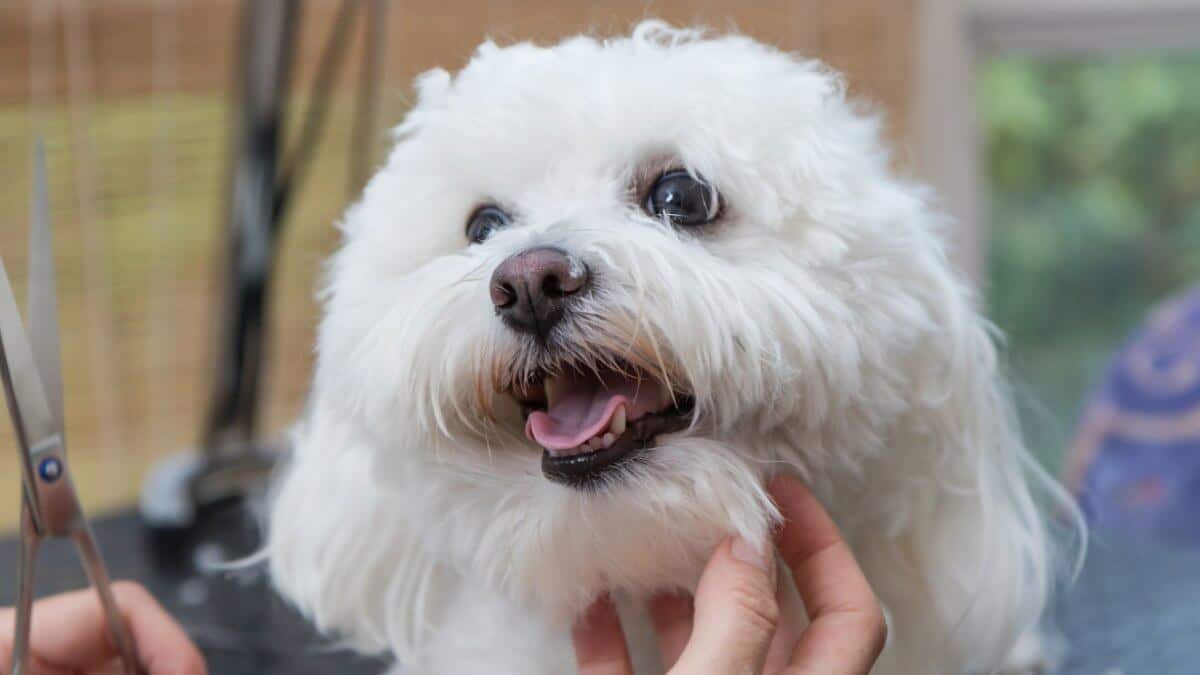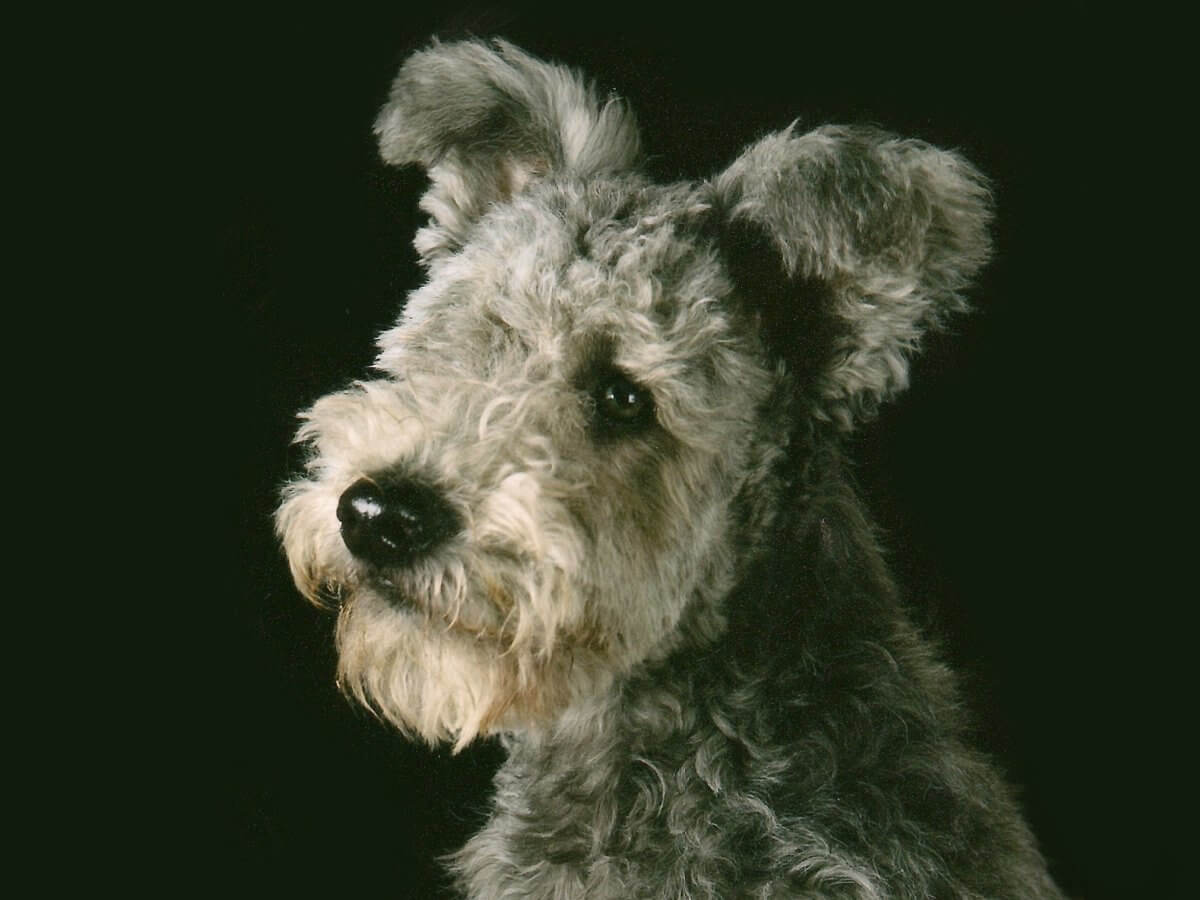
Home » Doodle Doppelgangers (Part 4): Three More Alternatives to a Doodle

One of the most popular trends in canines across America has been the continued rise of doodle ownership. While not a recognized breed, this so-called “designer” cross comes in a number of varieties, with the Goldendoodle, Labradoodle, and Bernedoodle among the most widely owned and bred. Despite the number of doodles that are making their way into family homes across the world, it is important to recognize some of the rampant unregulated breeding practices that go on, such as unaddressed health issues and the lack of temperament testing.
With so many variables, types, and “lines” of doodles, it is often more dependable to consider a recognized purebred dog that resembles a doodle. And it may shock you to learn how many of those exist.
Here’s a look at three of the more unique alternatives:

The Bolognese, or “Bolo” for short, hails from Italy, with its breed name derived from the city of Bologna. The breed looks somewhat like a Bichon Frise, with the same striking white coat. While they are a member of the same family, their construction and coat texture are a bit different.
The Bolognese stands between 10 and 12 inches tall and weighs in at between six and 10 pounds, with females typically on the shorter and lighter side of that spectrum. Those who opt to bring a Bolognese into the family should expect a long-term commitment, as the breed has a long life expectancy of between 12 and 14 years.
This is not a high-energy breed like some Toy dogs, but they still require a fair bit of attention. The Bolognese takes its commitment to its owner seriously, and should not be left alone for long periods of time due to the breed’s proneness to separation anxiety.

The small, Poodle-like Pumi, known for its curly coat and endearing stuffed animal-like ear carriage, looks like an ideal companion and is widely used for that purpose in the present day. But it may surprise you to learn that the dogs originally were, and still can be, dedicated workers. Pumik (the plural of Pumi in Hungarian) were bred to herd livestock. Today, in addition to competing in the show ring and performance events, there are enthusiastic members of the breed that excel in Herding Trials because of their roots.
The Pumi originates from Hungary as a part of the same family that includes the Puli and the Mudi. The Pumi is the oldest member of this group, coming into existence circa 800 AD. Males measure between 16 and 18.5 inches tall, weighing between 27 and 29 pounds. Females are slightly smaller, standing between 15 and 17.5 inches tall, and weighing between 22 and 24 pounds. Life expectancy is between 12 and 13 years.
The breed, which has a strong willingness to work and consistently needs mental stimulation, comes in a variety of solid colors and shadings. The Pumi Breed Standard describes the allowable colors as black, white, or any shade of gray, as well as shades of fawn from pale cream to red, with some black or gray shading desirable. With any of the colors, an intermixture of some gray, black, or white hairs is okay too, provided the dog’s overall appearance is that of a solid color.

“Mary Had a Little Lamb” immediately comes to mind when one first happens upon the unique Bedlington Terrier. Finding its roots in England, this breed is a truly versatile creature. The Bedlington has the ability to serve as a pet that will happily cuddle up for movie-watching time, but it is also an equally willing participant in many high-energy dog sports. These dogs have a built-in alarm system for your residence, and they can still perform the breed’s original job of hunting vermin. With some similarities in its body shape to racing dogs, coursing and events of that nature are also arenas where this breed can excel.
Bedlingtons are incredibly loyal to, and protective of, their people, with a strong need for consistent attention. The breed stands between 15 and 17.5 inches tall, weighing between 17 and 23 pounds. As is typical of most breeds, males tend to be on the larger side. The Bedlington generally lives a long and adventurous existence, with a life expectancy of between 11 and 16 years. Though they are largely known for their light-colored, tightly curled coat, the Bedlington actually comes in a variety of colors. These include blue, sandy, liver, blue and tan, sandy and tan, and liver and tan.
